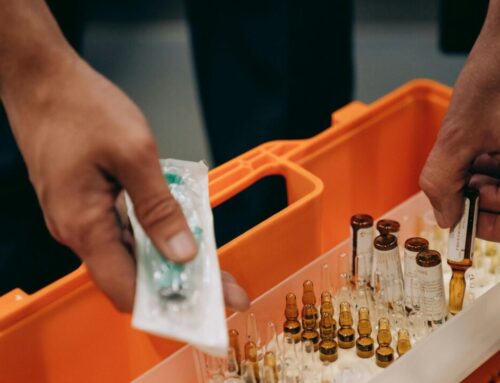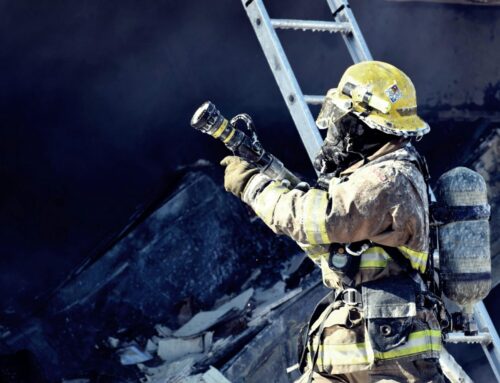 More companies are understanding the importance of creating a sustainable business, not just for our world, but for their bottom line. Customers demand more from companies than excellent products and outstanding customer service. They want to know that their money is not going to hurt the environment, but instead help to save it and that disconnect between consumers and companies runs deep. According to Forbes, two thirds of consumers say they will pay more for sustainable products, with equally two-thirds of retailers believing that consumers will not pay more for sustainable products.
More companies are understanding the importance of creating a sustainable business, not just for our world, but for their bottom line. Customers demand more from companies than excellent products and outstanding customer service. They want to know that their money is not going to hurt the environment, but instead help to save it and that disconnect between consumers and companies runs deep. According to Forbes, two thirds of consumers say they will pay more for sustainable products, with equally two-thirds of retailers believing that consumers will not pay more for sustainable products.
With this data, organizations are waking up and making the first steps to go green, with programs to help the transition, like carbon credits. A new demand for direct-to-consumer purchasing models, that are here to stay, has the cold chain industry considering strategies to be sustainable in every link of the cold chain.
Thermal Packaging
Toss the cardboard boxes and invest in non-hazardous, non-toxic and reusable packaging with a multi-year shelf life. When asked what the most sustainable packaging options or materials are, the answer is not black and white. There are many different types of materials that could be used and depending on how you plan to use them, their environmental effects can differ. Environmentally-friendly packaging uses raw materials and then restores them to their origins. This minimizes waste of precious resources – like water and energy – necessary for their production. In a closed-loop system, this packaging is essential to save on costs and reduce waste. Using phase change material (PCM) packs as the cold refrigerant instead of dry ice or gel/ice packs, make the entire thermal packaging option sustainable, not just the box.
Transportation and Storage
Some PCMs end the need for dry ice, ice or gel packs that do not maintain the desired temperatures and are poorly made. TCP’s PCMs are put in an almost indestructible hard outer shell made from high density polyethylene (HDPE Plastic) which can be specifically engineered to fit in thermal packaging. Phase Change Material (PCM) stores and releases large amounts of energy, allowing it to maintain a temperature within a specific range.
Dry ice on the other hand is a hazardous material that can be dangerous if not properly packaged. Dry ice is compressed frozen Co2, the main greenhouse gas that leads to global warming. In its creation, use and disposal, it can have negative impacts to the environment and contribute to climate change. It is terrible for the environment but using it for shipping is costly and potentially dangerous for everyone that handles it, including the end user/customer who then has to dispose of it.
Shipments containing dry ice pose several hazards during transit, including a risk of explosion, suffocation and tissue damage. Dry ice is therefore regulated as a “dangerous good” by the International Air Transport Authority (IATA) and the Department of Transportation (DOT).
Closed Loop System
Recyclable products and environmentally friendly solutions are just a piece of the sustainability puzzle. Implementing a closed-loop delivery system enables companies to reuse both the materials and packaging that products are shipped in, but also the refrigerant. If organizations ship in reusable totes, using phase change materials in place of dry ice, all of this is possible. This saves on reproduction costs, reduces waste, and eliminates any CO2 gas-off from dry ice.
Check out more strategies to help your organization become sustainable in every link of the cold chain.



